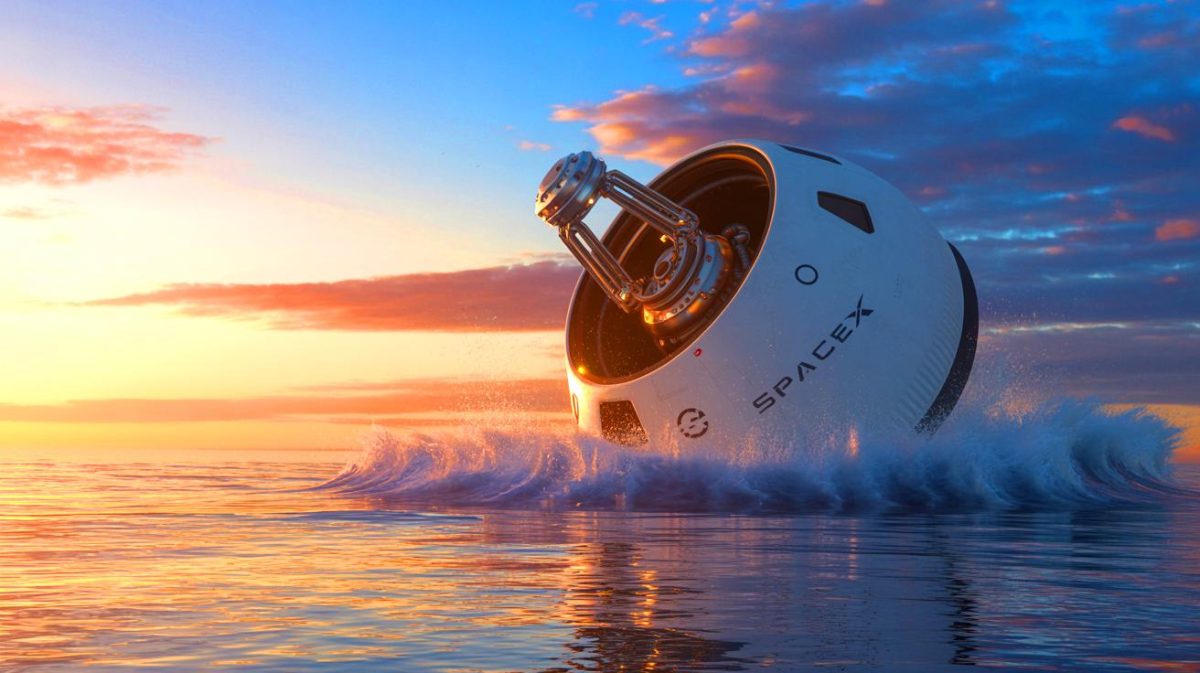| IN A NUTSHELL |
|
SpaceX’s Dragon capsule has made a triumphant return, bringing back a staggering 6,700 pounds of futuristic gear from the International Space Station (ISS). This mission is a testament to the growing collaboration between NASA and commercial spaceflight companies, marking another milestone in our journey to explore and understand the cosmos. The gear returned by Dragon is poised to revolutionize how we explore, protect, and learn from space. Let’s delve into the innovations that made their way back to Earth and how they promise to shape our future in space exploration.
Testing Materials for Deep Space
One of the standout experiments aboard the Dragon was the Multipurpose International Space Station Experiment, or MISSE-20. This ambitious project aimed to test the durability of various materials in the harsh environment of space. Scientists carefully selected samples of radiation shielding, solar sail coatings, ceramic composites, and specialty resins to understand how they withstand extreme conditions such as ultraviolet radiation, atomic oxygen, and drastic temperature changes.
The findings from MISSE-20 could significantly influence the design of future spacecraft, particularly in developing advanced heat shields and robust outer hulls. By mounting these samples on the exterior of the ISS, researchers gained invaluable insights into the degradation process of these materials in space. This knowledge is crucial for ensuring the longevity and safety of spacecraft venturing into the vastness of deep space.
Tentacle-Armed Robots Make Their Mark
Another remarkable innovation returning with the Dragon capsule is the Astrobee-REACCH robotic system. This project integrated NASA’s Astrobee free-flying robots with tentacle-like arms equipped with adhesive pads. These advanced robots showcased their capabilities in microgravity by skillfully grasping and maneuvering objects of various shapes and textures.
The potential applications of this technology are immense. From satellite servicing and orbital debris removal to repositioning objects in space, these robots could play a pivotal role in extending the lifespan of satellites and enhancing the safety of spacecraft operating in low Earth orbit. As we continue to populate our orbital neighborhood with technology, innovations like Astrobee-REACCH will be crucial in maintaining and optimizing those assets.
A Leap in Space Imaging
The Dragon capsule also returned with valuable hardware and data from the OPTICA experiment. This project, formally known as Onboard Programmable Technology for Image Compression and Analysis, spent a year aboard the ISS. OPTICA focused on testing the compression and real-time transmission of hyperspectral imagery, aiming to reduce the bandwidth required to send detailed images from space.
The implications of OPTICA’s success are far-reaching, particularly in fields like disaster response, agriculture, and environmental monitoring. By cutting costs and enhancing the efficiency of space-based imaging systems, this technology could revolutionize how we gather and utilize data from space to address real-world challenges on Earth.
Space Books Float Back Home
In addition to cutting-edge technology, the Dragon capsule returned with a collection of children’s books from the Story Time from Space project. During their time in microgravity, ISS crew members read five STEM-themed books and recorded accompanying science demonstrations. These readings and demonstrations were downlinked to Earth, enriching a growing educational video library.
The Story Time from Space project aims to inspire young minds and ignite an interest in space science. By bringing these stories to classrooms around the world, the initiative helps bridge the gap between Earth and space, fostering a new generation of explorers and scientists eager to unravel the mysteries of the universe.
As the Dragon capsule concludes another successful mission, it reaffirms the ISS’s role as a pivotal testing ground for innovations that can transform life on Earth and propel humanity further into the cosmos. Each mission, with its unique blend of scientific inquiry and technological advancement, brings us closer to realizing our ambitions of reaching the Moon, Mars, and beyond. What groundbreaking discoveries and technologies will the next mission unveil, and how will they continue to shape our future in space exploration?
Did you like it? 4.5/5 (21)








Incroyable! SpaceX continue de nous surprendre avec ces retours de technologie futuriste. 😊
Pourquoi avoir ramené autant de livres pour enfants? Ne seraient-ils pas plus utiles dans l’espace?
Est-ce que quelqu’un sait si les tentacules des robots Astrobee-REACCH peuvent aussi faire le ménage à la maison? 😄
Merci à SpaceX et à la NASA pour ces avancées incroyables dans l’exploration spatiale!
Les matériaux testés par le projet MISSE-20 seront-ils utilisés pour construire des vaisseaux spatiaux plus résistants?
Je suis sceptique quant à l’utilité de ramener autant de technologie depuis l’espace. Ne pourrait-on pas tout faire sur Terre?
La technologie OPTICA semble révolutionnaire! Ça va changer notre façon de voir le monde depuis l’espace.
Pourquoi ne pas utiliser des robots comme Astrobee-REACCH pour nettoyer les océans aussi?
Les livres de Story Time from Space sont-ils disponibles en ligne pour que tout le monde puisse en profiter?